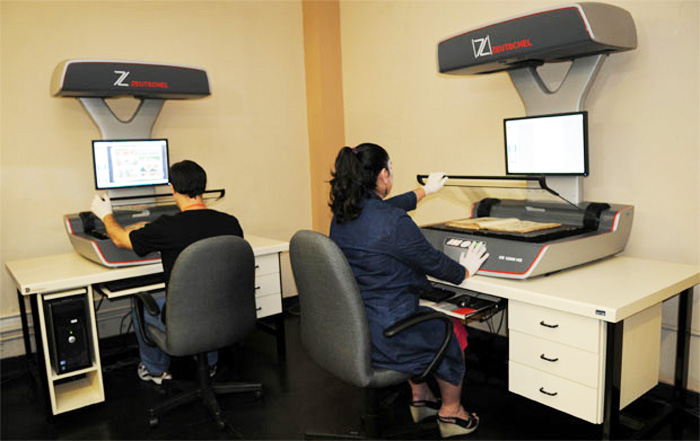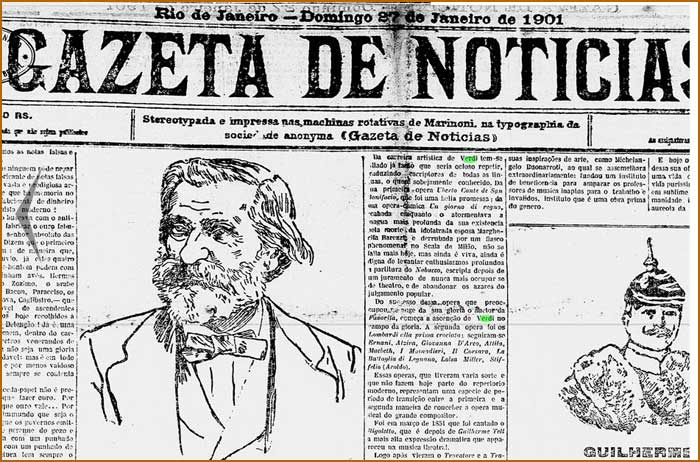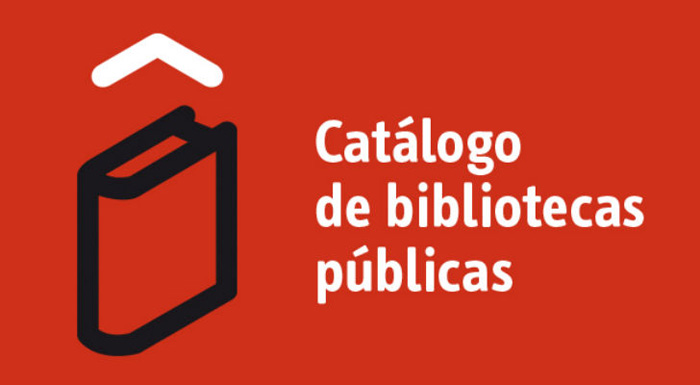My first experience teaching an ethnographic text to a classroom full of students was rocky. My attempts to draw them out into making connections between the ethnographic materials and our big course questions were met with silence. I, panicked, asked ever more concrete questions about the text, while the silence slowly turned stony until a chatty student desperately regurgitated some ethnographic examples. I’d been told that ethnography was the “easier” genre of anthropological texts to teach, and that it was “theory” that was dense and hard. My experience has been the opposite. Social theory, while dense and difficult, makes itself clear as an argument. Good ethnographic prose erases its footprints.
Experiences like this one led me to rethink how to teach ethnography to a broad undergraduate audience, to students who are unlikely to become anthropologists when they grow up but with whom I want to share something of the unique reasoning that connects evidence and claim in the realm of anthropological research. My goals were to help students recognize ethnography as a rigorous, empirical, and argumentative method by learning to identify where arguments are in ethnographic texts and to help them see the distinctions between argument and evidence. I wanted them, in other words, to begin to understand that the rigor of socio-cultural anthropology is not just about fieldwork but about writing, that writing supports ethnographic work in a wide range of ways, and that by reflecting on the choices authors make, the shape of their prose, you might begin to take apart and examine their arguments. To do so, I designed a set of assignments and classroom activities that I call “ethnography labs,” to complement an introductory course in psychological anthropology. Here, I explain how these activities work and what (I hope) they accomplish for students. While I designed them to operate in a course on psychological anthropology, they would work just as well in any sub-field where ethnography operates alongside (or on) other models for studying human behavior, such as medical anthropology, the anthropology of development, legal anthropology, or economic anthropology, to name a few. Why call these activities “labs”? I wanted to cue several things to students: These activities were collaborative and experimental, much like their chemistry labs. They were a break from seminar-as-usual, involving a different kind of reading and discussion. It was also a way to distinguish the “reports” that they wrote for these activities from more polished writing assignments.
What do you do with another person’s ethnography?
Although the prose of ethnography is often straightforward and even lovely, easier to read than scientistic studies or dense theoretical texts, students often cannot see the forest for the trees. Many have difficulty making sense of how to intervene critically in ethnographic texts, or how to synthesize them. One consequence of this befuddlement is that students tend to criticize ethnography as “biased” or “too subjective;” another is that it is often challenging for them to engage the texts at all. The content feels like “background” to them, a nice story about another place. Most students have to be taught how to read ethnographic text; conversely, explicitly discussing how to read and interpret ethnography offers students a fantastic introduction to the field, its methods, and the unique reasoning that connects the many kinds of “data” anthropologists work with into coherent argumentative texts.
When socio-cultural anthropologists discuss ethnographic material with each other in the introductions to books and articles, we do not do what makes the most sense to students. We do not critique the evidence (rarely, aside from extreme cases such as Freeman’s work on Mead, do anthropologists openly suggest someone else’s ethnographic evidence is wrong). Nor do we necessarily critique method (it is rare to see a socio-cultural anthropologist suggest that ethnography is ill-suited as a method to answer a particular question). Socio-cultural anthropologists rarely talk explicitly about reliability or validity, concerns that students encounter in the coursework they do in psychology, stats, or other social science courses.
So what do we do, as professional anthropologists, when we discuss ethnography? What we discuss, write about, play around with, are the connections between evidence and claim, connections that are sometimes explicit and other times implied in the structure of ethnographic writing itself. This is something students can do too, and happily, they can do it inductively from the text itself, making ethnographic prose a phenomenal tool for teaching students about academic rhetoric more broadly. But they need to learn how to recognize the subtle decisions that anthropologists make about description, structure, and argument as decisions. I think about these decisions as a kind of ethnographic reasoning.
Ethnography labs
In order to help students develop the tools to talk about ethnographic reasoning, I set up “ethnography labs,” sprinkled throughout the 10 weeks of the quarter. These “labs” involved structured close reading assignments in response to which students prepared a written “report” that they turned in ahead of class; these reports were responses to writing prompts that I gave them ahead of time. We used the same two book-length ethnographies that we were reading in class: Never in Anger by Jean Briggs (NiA), and White Saris and Sweet Mangoes by Sarah Lamb (WS). However, our questions and discussion in “lab” were different from our regular seminars. The exercises started at the sentence level, and then moved up to the level of argument and analysis in texts as a whole.
For example, the first lab was designed to help students recognize that anthropologists often prepare readers for their theoretical arguments even when they appear to be giving “background” information about their sites. We focused on the arrival stories from our two main ethnographies, because such stories are meant to situate the reader, both in the physical site itself, as well as in the broader theoretical conversation the author hopes to engage. In order to do so, I gave them the arrival stories from our two main ethnographies. Students had just begun to read
Never in Anger but had not yet read
White Saris. I scanned the segments and turned them into Word documents, so that students could easily turn in their annotations (and also, hopefully, to jolt students into reading slightly differently than they might read a scanned PDF). The assignment is reproduced in full at
Figure 1. Much of the assignment involved very detailed instructions about how to read and annotate the text:
Guided reading:
- Read each of the texts fairly quickly. Mark passages that seem particularly significant: italicize
- Go through each of the passages again. This time, BOLD terms that seem somehow significant for the author. Perhaps they appear many times, or strike you as unusual, a foreign word or a specialized concept. Perhaps you just get a vague sense that this word will be important. We’ll call these keywords. Make a list of keywords for each text.
- Return to the passages that you marked as significant in your first reading. Do any of the author’s keywords appear in those passages? If so, what does the author appear to be doing with them? What was going on in the language of the passage that helped you understand that it was particularly important?
- Lamb and Briggs have very different voices. After having worked through steps 1-3, what differences do you notice?
- Skim the two texts one last time (bear with me). Having worked through both of them, take a guess for each text:
- What do you think the author might be interested inempirically? In other words, what practices, people, and things might she be paying attention to throughout the book?
- What do you think the author might be interested intheoretically? In other words, what ideas, concepts, or hypotheses might she be using her empirical findings to explore?
There’s no right or wrong answer for item 5, since we haven’t read the books yet—just take a wild guess! You have some hints from our readings from the first few weeks. Then, look at your keyword list and underlined passages. What made you guess what you guessed? How is the author hinting at what is to come?
Since this was our first lab, I tried to jolt students into becoming aware of how they took in key information from ethnographic writing. As a first step, I had them mark what struck them as key passages. I then had them generate keywords for each text, defined very loosely as words that seemed “somehow significant for the author.” They spent the rest of their report reflecting on what those key passages and key words were communicating about the bigger themes in the ethnography, introducing the concept of a connection between “empirical” and “theoretical” material.
I collected the student responses and played around with their findings. Students’ lists of keywords ranged from 8 per text to over 40. For class, I prepared a table that showed their lists of keywords compared side by side. I also noted which keywords had turned up in every student’s list (figure 2). I prepared a version of the texts with highlighted keywords as a power point presentation so that we could examine where keywords appeared on the page (figure 3).

Figure 2. Screenshot, analysis of student’s keywords from Never in Anger (shared keywords are highlighted, green if all students listed them, orange if all but one listed them)

Figure 3. Annotated arrival story: student keywords highlighted. From Lamb, White Saris and Sweet Mangos
Although both of the passages analyzed by students appeared to be straightforward arrival narratives, students converged on keywords that were, in fact, central to the author’s arguments (though of course they could not have known this yet): the Bangla terms maya (illusion) and himsa (jealousy) for WS, for example. Interestingly, for NiA, nearly all listed the terms “fragility,” “privacy,” “separateness,” and “adopt” from Jean Briggs’ description of being dropped off by seaplane on the edge of an ice floe with her gear, considering the isolated tundra around her. Anyone familiar with Briggs’ narrative of confusion, chilly ostracization, and eventual tentative acceptance as an adopted “daughter” of ambiguous adult status in a tiny group of nomadic Inuit would immediately recognize these terms as key preoccupations throughout the text, though explicit argumentative language was completely absent in the passage students were asked to annotate. This exercise taught us how powerfully “mere” description sets the stage for the arguments that follow.
In class, we talked about how students came to understand keywords as important. Students mentioned everything from how frequently a word appeared to an author’s decision to use a term from another language and define it. As a final part of our in-class exercise, I projected each text with keywords highlighted, so that we could talk about where different authors introduce key terms. In comparing the two texts, we also discussed how the presentation and use of keywords created and reflected the different prose styles of the two authors. In WS, Sarah Lamb writes in a readable academic register; keywords were explicitly introduced and defined in topic sentences, clearly organizing the information that followed. In NiA, written in a more conversational style, the text was less obviously structured around key terms—though as students’ list demonstrated, it clearly communicated the importance of those terms nonetheless. Perhaps the most interesting thing that emerged from this exercise was that it offered students a way to tie one of their concerns about Briggs—that her writing didn’t’ feel like expert prose, that it seemed like she was “just” telling a story—to certain patterns in her prose style. In other words, it helped me make the point that their issue was one about writing choices that Briggs had made, and that those writing choices profoundly shaped how they engaged with her work.
Throughout the quarter, I designed exercises that used our course texts to help students reflect on issues of representation, writerly choices, and evidence ranging from how one author produced the schematic diagrams that accompanied her main argument, to reflecting on how to read between the lines to evaluate the logic that connected argument and evidence (in this case, in Robert Levy’s Tahitians, an exercise that made one student exclaim, “Oh my god, I thought I liked this and now I think I totally disagree!”). Throughout the quarter, our regular seminar discussions shifted as students rooted their questions in the course texts, and asked each other about what the narrative structure told us about the author’s main claims—and whether we agreed. By conducting exercises focused on how ethnography makes evidence into argument, we were able to compare ethnographic texts not only in terms of the content of their arguments about course topics like emotion or selfhood, but also in terms of how they drew upon evidence to make those arguments. These exercises helped students understand how to read deeply, how to look for evidence on the page. They made students aware of, alive to, the fact that writing in the social sciences is not transparent recording but an integral part of the process of asking and answering questions.
Julia Kowalski is a Visiting Assistant Professor of Anthropology at Williams College. She received her PhD in Comparative Human Development from the University of Chicago. She is beginning work on a book manuscript, titledDebating Dependence
, which examines the role of family counseling in northwestern Indian women’s rights activism, and explores how this practice might help us better theorize intersections between kinship and human rights claims in everyday NGO practices.
[view academic citations]











![[EFF Free Speech Online Blue Ribbon Campaign]](http://onlinebooks.library.upenn.edu/freespeech-horiz.gif)


























 Archivo Central
Archivo Central Museo de Arte Contemporaneo
Museo de Arte Contemporaneo Museo de Arte Popular Americano
Museo de Arte Popular Americano Museo de Medicina
Museo de Medicina Departamento de Antropología
Departamento de Antropología Cineteca U. de Chile
Cineteca U. de Chile Centro de Estudios Judaicos
Centro de Estudios Judaicos Colecciones de Arte
Colecciones de Arte






No hay comentarios:
Publicar un comentario